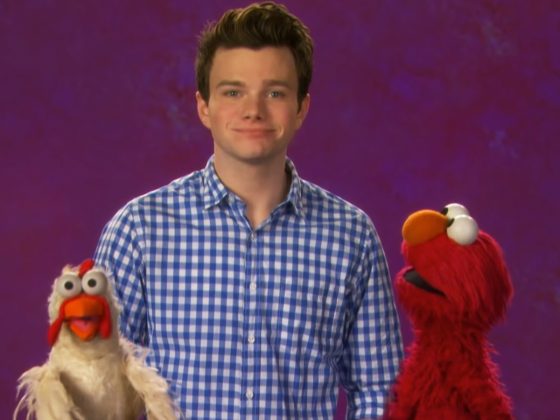
Reporting Bullying
Bystanders notice bullying and don’t say anything, but upstanders stand up for the child being bullied.
Watch the video together, then ask:
- Why was the chicken feeling upset?
- What did Elmo say to the grown-up about what had happened?
- How did the grown-up say Elmo could help?
- Have you ever been in Elmo’s position? What did you do? What could you do next time?
- Have you ever felt like the chicken? What did you do? What could you do next time?
Explain that children can be “upstanders”! Bystanders notice bullying and don’t say anything, but upstanders stand up for the child being bullied.
You can also talk about the difference between “tattling” and “reporting.” Tattling is telling on someone (trying to get them into trouble) when they aren’t hurting anyone’s bodies or feelings. Reporting is when we’re helping someone whose feelings or body are being hurt.

Watch and Play: Grover's Super Suitycase
Watch this episode and explore ways to extend the learning at home.
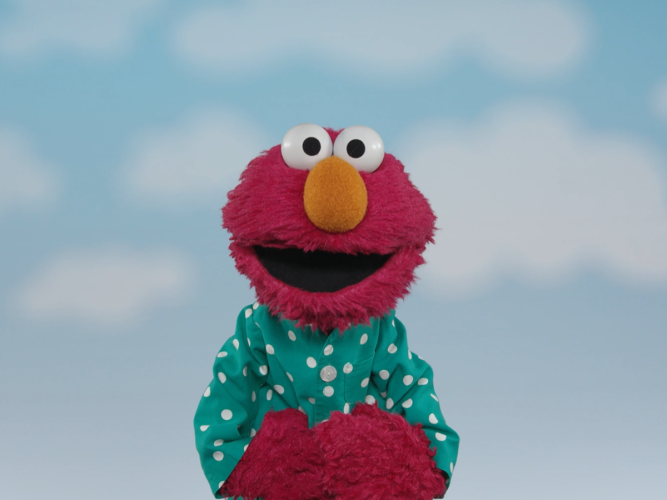
Listen, Feel, and See with Elmo
When children are in the hospital, this mindfulness game can help them soothe themselves.
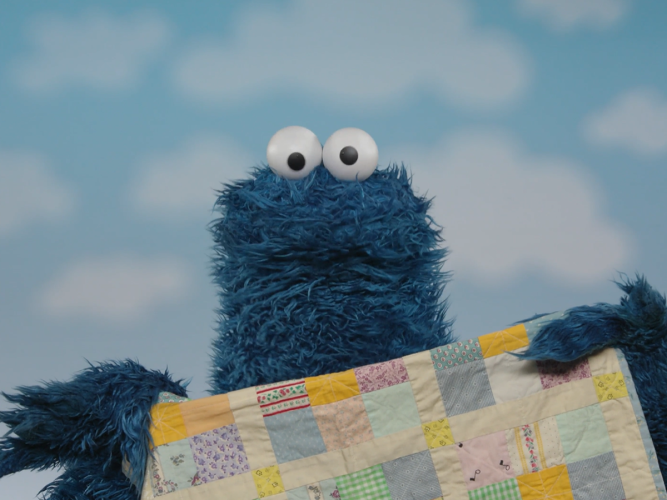
Cookie Monster’s Beach Day
When children are in the hospital, their imagination can become a valuable tool in soothing themselves.
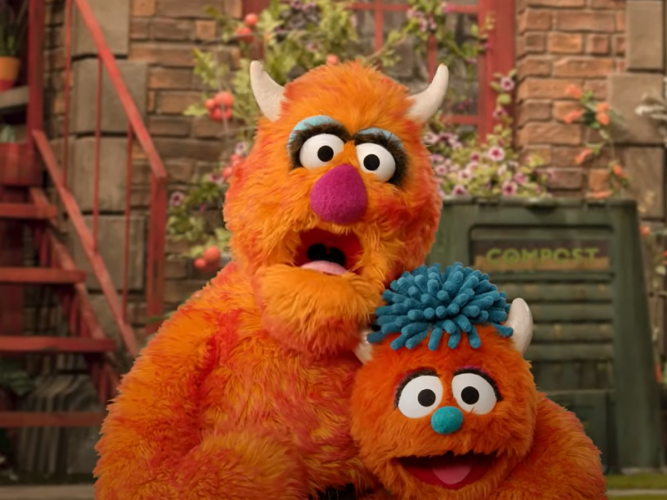
Monster Meltdown
Meltdowns happen… but they are somewhat predictable! As you try to handle them, curiosity and patience go a long way.

Watch and Play: Cookie Monster's Big Puzzle
Watch this episode and explore ways to extend the learning at home.
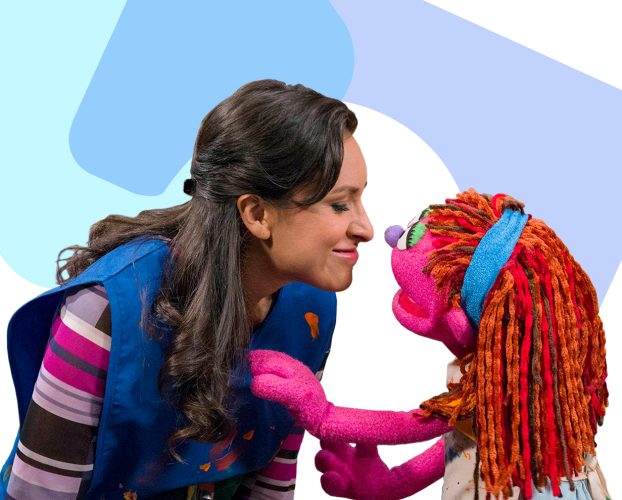
Creating Safety and a Sense of Home

Using Your Words
A coloring page helping children explore words for big feelings.
